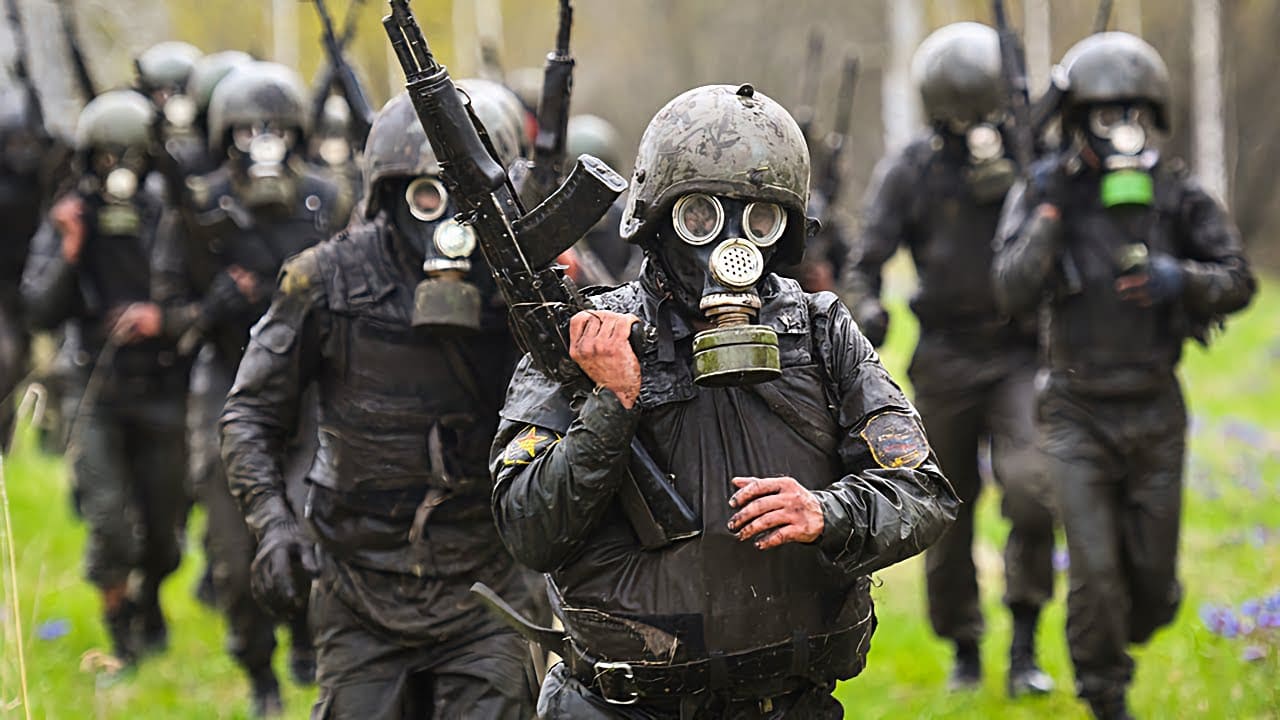The Little Green Men were a big part of Russia‘s operations in Crimea in 2014. Where did they go? Russia’s massive offensive against Ukraine seems to have come off the rails. Prior to the invasion, virtually all the military experts predicted a swift and successful Blitzkrieg. The conventional wisdom was that the Russian military had all the advantages: numbers, technology, position, information dominance, tactics, and timing. This was based on the fact that the Russian military was coming off more than a decade of intensive modernization and had gained useful experience from various operations in the Middle East and North Africa. Russian hackers have been tramping through European and U.S. networks on the cyber front for years.
Indeed, Russia’s 2014 attacks in Crimea and Eastern Ukraine were over in a matter of days. Key infrastructure, lines of communications, military facilities, and government buildings were first paralyzed by cyberattacks and then swiftly occupied by a mix of local forces, airborne units, and Spetsnaz (the so-called Little Green Men).
Russia made a point of using local forces as a cover behind which to conduct its conventional military operations. In the Donbas, Russian-backed forces demonstrated capabilities that proved a surprise to the U.S. military. In one instance, Russian forces employed a combination of electronic warfare (EW), unmanned aerial vehicles (UAS), and long-range fires with precision-guided and special munitions to wipe out two Ukrainian Army battalions in a matter of minutes.
The Russian operation was the impetus for many Western defense experts to predict that future competition between Russia and the West would be dominated by so-called hybrid warfare. Hybrid warfare involves using a range of non-traditional means such as information operations, cyberattacks, lawfare, and economic subversion along with the calibrated use of surrogates, special forces, and even conventional military capabilities to achieve strategic objectives while avoiding war with the West.
But Moscow’s assault on Ukraine seems to contradict what we had anticipated about how a future high-end conflict with Russia would unfold. Moscow’s vaunted information warfare capabilities have not served it well in light of the U.S. and European responses to Russian aggression. While there have been disagreements within and among Western governments and media circles over the conflict and how to deal with Russian tactics, there has not been the kind of internal disarray that many experts feared would occur.
Although information coming from Ukraine is often incomplete, it is clear—as the Director of National Intelligence recently observed—that the Russian military began operations with a defective plan, poorly trained forces, abysmal logistics, limited cyber operations, inadequate air support, insufficient precision munitions, and bad intelligence. What is particularly remarkable is that the Russian operation in Ukraine looks like a throwback to one by the Red Army of World War II. So too do the tactics which rely on frontal assaults, ponderous logistics, and extensive use of indirect fires.
What happened to Putin’s Little Green Men, who were so effective in seizing Crimea in 2014? Other than reports of hit teams that failed to take out Ukrainian President Zelenskyy, there have been no reports of Spetsnaz, or the fifth column of Russian-speaking Ukrainians as an advance element, repeating the tactics used in the 2014 campaign, anywhere. This is despite Russia already having a foothold in Eastern Ukraine. Overall, Russia’s Spetsnaz and airborne units have been largely absent from the battlefield, apart from a few reports of deep raids, which appear to have had limited success.
What about Russia’s much-discussed cyber capabilities? Before the invasion, the consensus was that Russia would be able to take down Ukraine’s network-dependent infrastructure like flipping a light switch, paralyzing both its government and military command and control. This has not happened. While there were reports of cyberattacks prior to the initiation of conventional hostilities, they were nowhere near as comprehensive or effective as many thought they would be. Putin has not been able to stop his own people from communicating their disapproval of him to the world.
Likewise, the Russian Air Force has not achieved air dominance. Ukrainian fighters and runway-based unmanned aerial vehicles were still flying more than two weeks after the war started. Some Ukrainian airfields have yet to be hit. In addition, some reports indicate the Ukrainian air defenses, particularly low-altitude systems such as U.S.-made Stingers, have been particularly effective against Russian strike aircraft and helicopters. Some Western experts have suggested that coordination between air and ground forces appears all but nonexistent.

